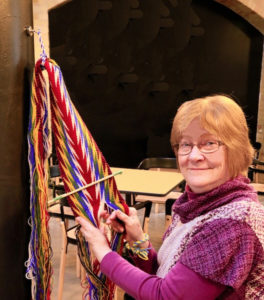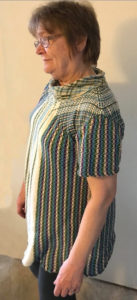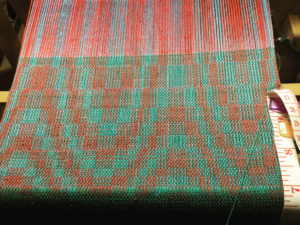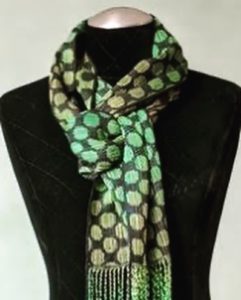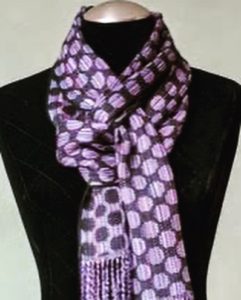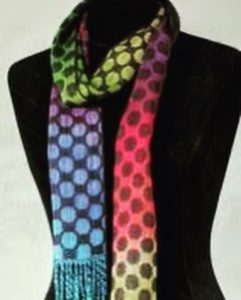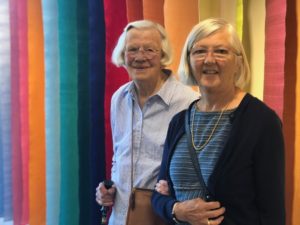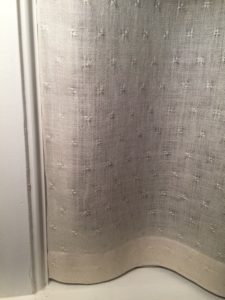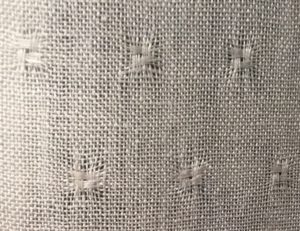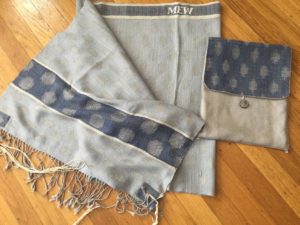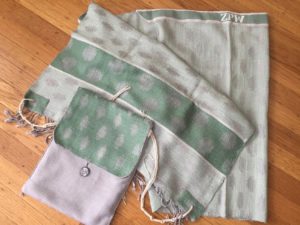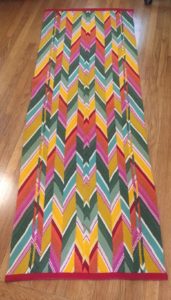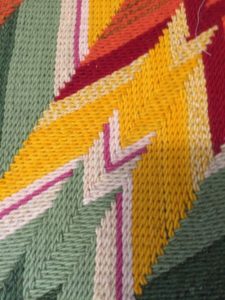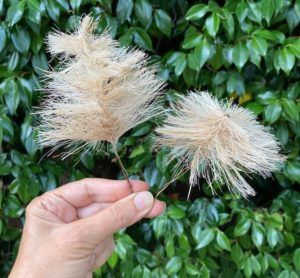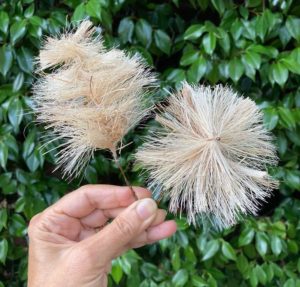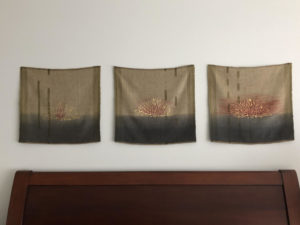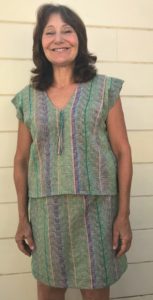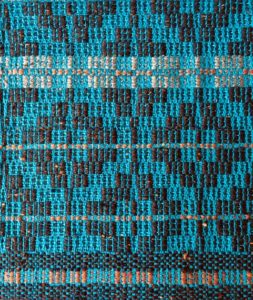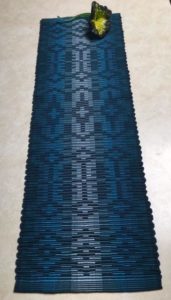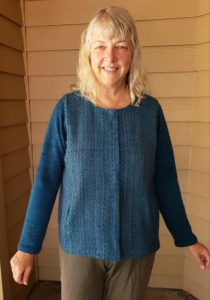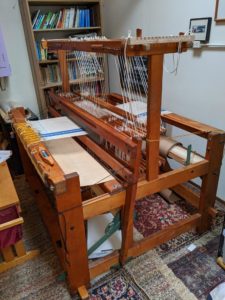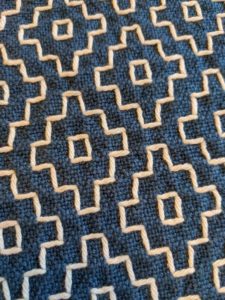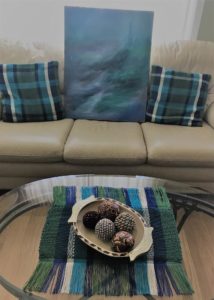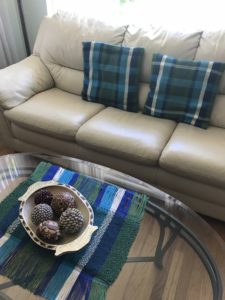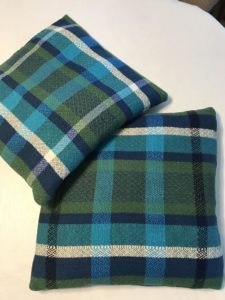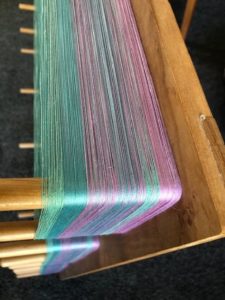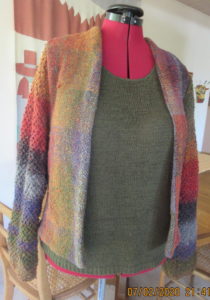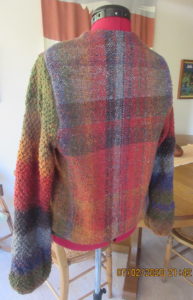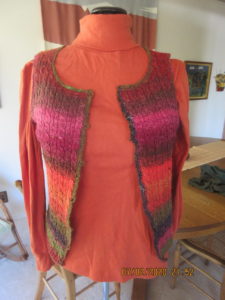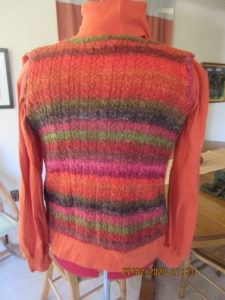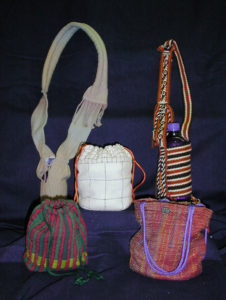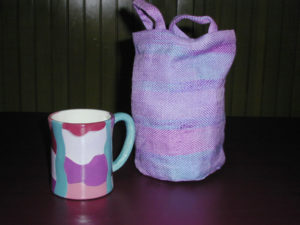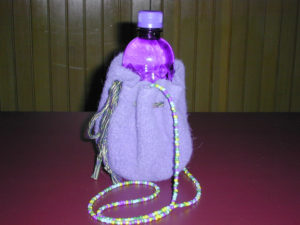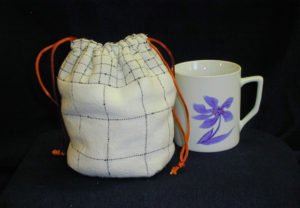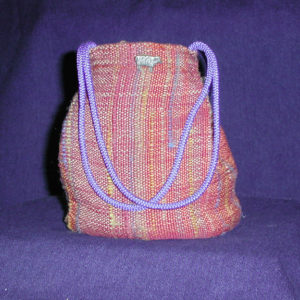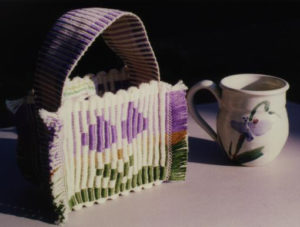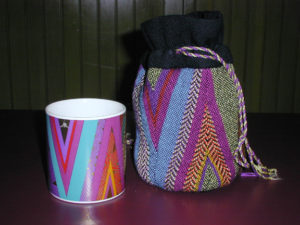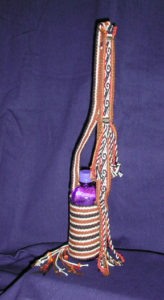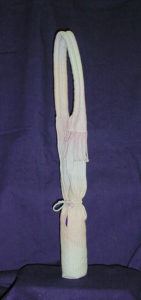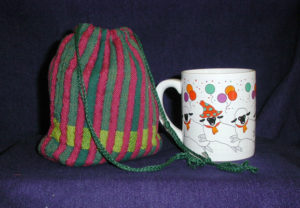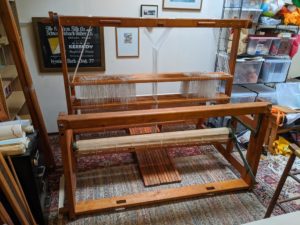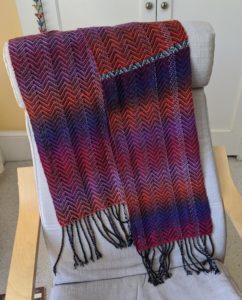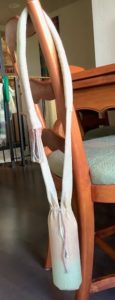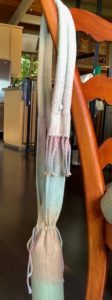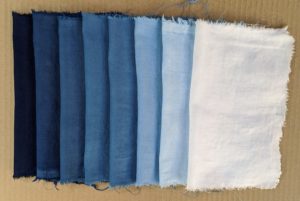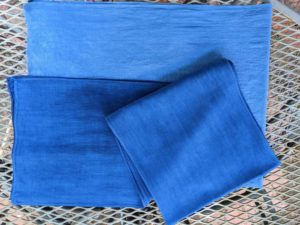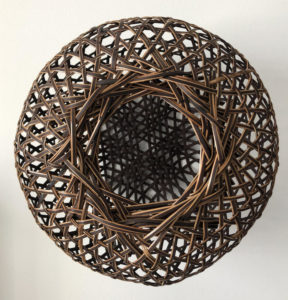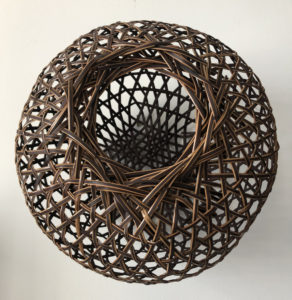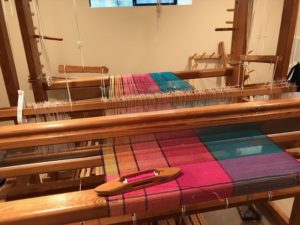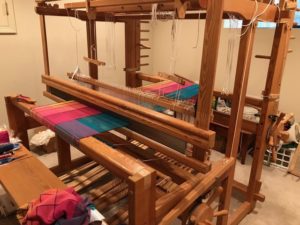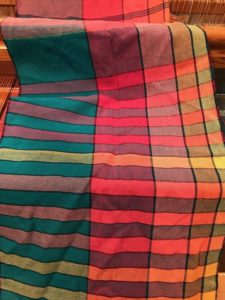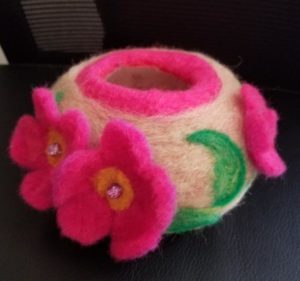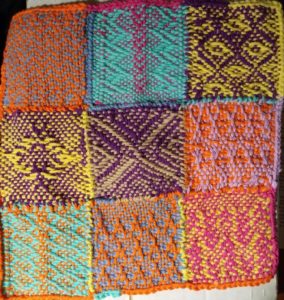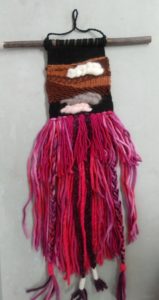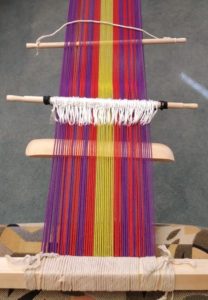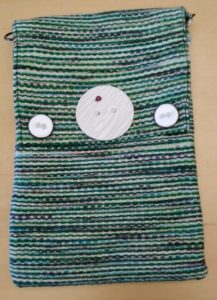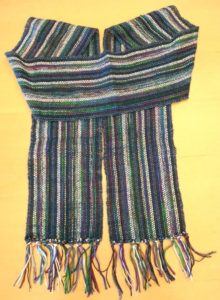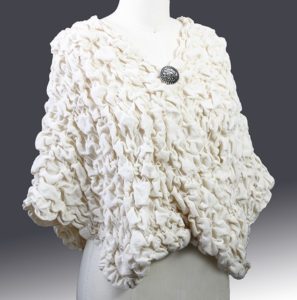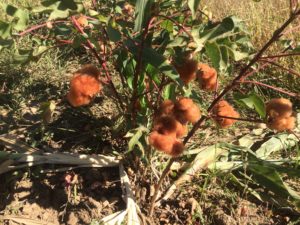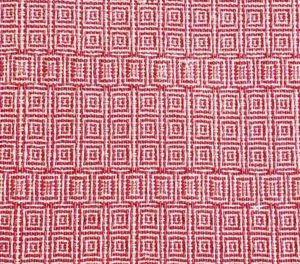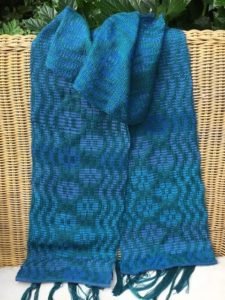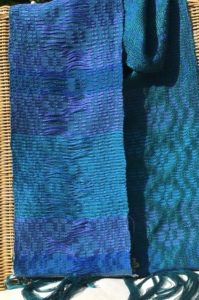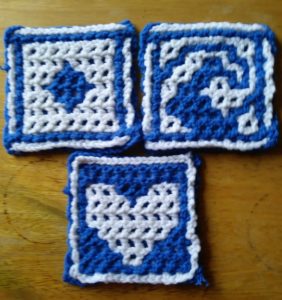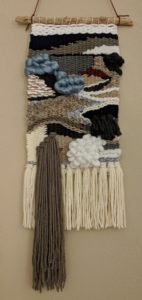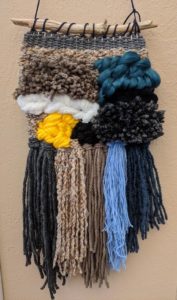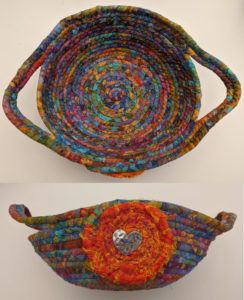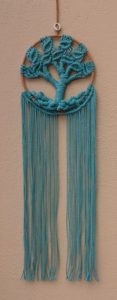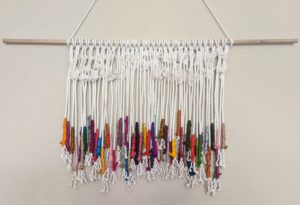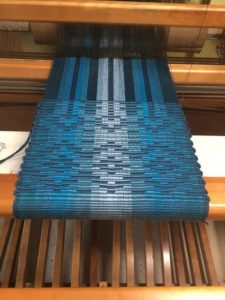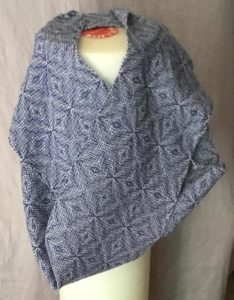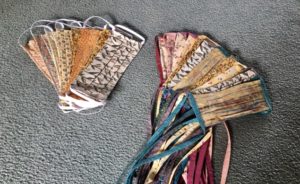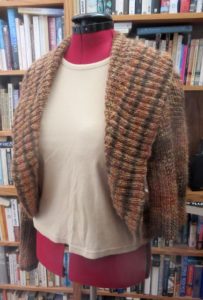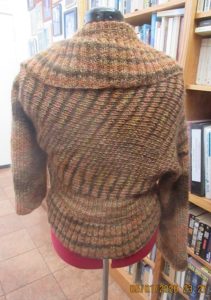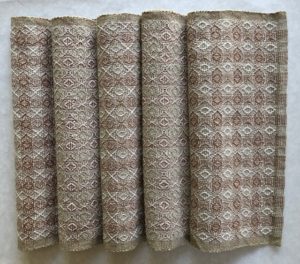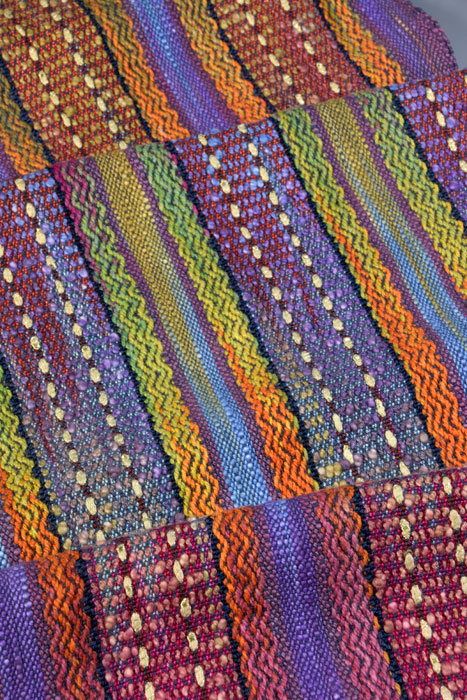 October Black Sheep Handweavers Guild program will feature Daryl Lancaster, a handweaver and fiber artist known for her award winning handwoven fabric and garments. Daryl will lecture on how to combine warps and structure for a one of a kind fabric. This will be a Powerpoint presentation. While the focus of the presentation will be on 8 shaft looms, the theory can easily applied to 4 shafts, or more than 8 shafts, if you are inclined.
October Black Sheep Handweavers Guild program will feature Daryl Lancaster, a handweaver and fiber artist known for her award winning handwoven fabric and garments. Daryl will lecture on how to combine warps and structure for a one of a kind fabric. This will be a Powerpoint presentation. While the focus of the presentation will be on 8 shaft looms, the theory can easily applied to 4 shafts, or more than 8 shafts, if you are inclined.
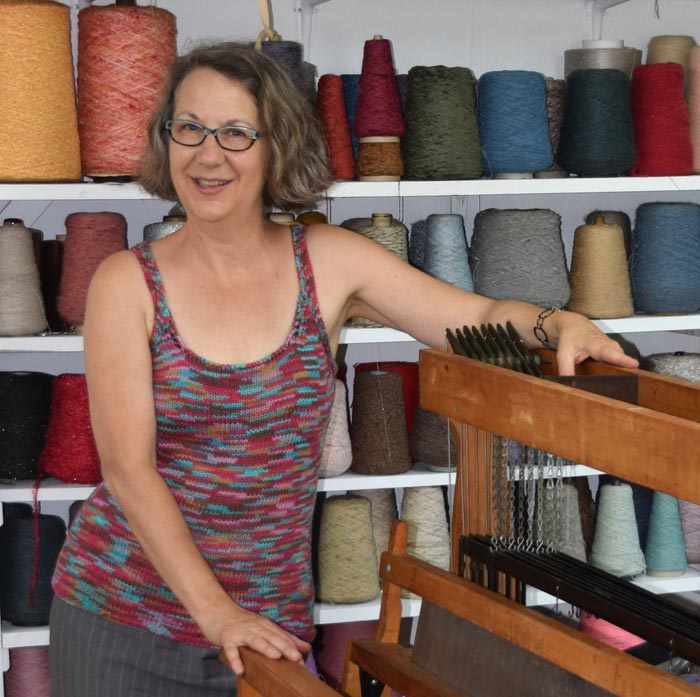 The lecture will start with some basics on weaving yardage, what to weave and how to sett it. The most important part though, is finding out what you’ve got, and how to make it work for you. Learn how to know what’s on the cone, or in the skein, and see how far it will go! The focus here is on 8 shafts. With 8 shafts you can magically combine structures and different yarns and create some inspiring and truly unique fabrics. Lots of drafts and lots of examples.
The lecture will start with some basics on weaving yardage, what to weave and how to sett it. The most important part though, is finding out what you’ve got, and how to make it work for you. Learn how to know what’s on the cone, or in the skein, and see how far it will go! The focus here is on 8 shafts. With 8 shafts you can magically combine structures and different yarns and create some inspiring and truly unique fabrics. Lots of drafts and lots of examples.
Daryl Lancaster, a hand-weaver and fiber artist known for her awardwinning hand-woven fabric and garments, has been constructing garments for more than 50 years. She gives lectures and workshops to guilds, conferences, and craft centers all over the United States. The former Features Editor for Handwoven Magazine, she has written more than 100 articles and digital content, frequently contributes to various weaving and sewing publications and writes regularly for Threads Magazine. Daryl maintains a blog at www.weaversew.com/wordblog Find her at www.Daryllancaster.com.
